Sweet Betsy Trillium
Oct 11, 2023
Sweet Betsy Trillium
Sweet Betsy Trillium, or Toadshade, is a wildflower species native to the eastern United States, particularly the Appalachian Mountains. It belongs to the Trillium genus and is known for its unique appearance and distinct aroma.
The plant typically grows to be around 30 cm tall, with three broad leaves arranged in a whorl at the top of a single stem. The flower of the Sweet Betsy Trillium is also distinctive, with a large, bell-shaped bloom that ranges in color from white to deep maroon. Beetles and other insects pollinate the flowers, attracted to their sweet scent.
Sweet Betsy Trillium is found in shady woodland areas and blooms in early spring. It prefers moist, well-drained soil and can be propagated by seed or division of the rhizome.
The plant is used in traditional medicinal use by Native Americans, who used it to treat various ailments, including respiratory, digestive, and skin problems. However, it's important to note that the plant is toxic if ingested and can cause severe gastrointestinal distress, so it should only be used with proper guidance and supervision from a qualified healthcare professional.
Where can you buy Sweet Betsy Trillium?
Native wildflowers nursery has Sweet Betsy Trillium for sale. This perennial typically blooms in early to mid-spring, depending on the location and climate. It may bloom as early as late February in the southern parts of its range, while in the northern regions, it may not bloom until early May. The timing of the bloom is influenced by factors such as temperature, rainfall, and the amount of sunlight the plant receives.
The flowers of Sweet Betsy Trillium are short-lived, usually lasting only a week or two, so it's essential to catch them while they're in bloom if you want to see them. After the flowers fade, the plant will continue to grow and develop, producing leaves and preparing for the next growing season.
If you want to plant Sweet Betsy Trillium in your garden or yard, choosing a suitable location mimicking its natural habitat is essential. The plant prefers shaded woodland areas with rich, moist soil. It adapts to various soil types, including sandy, loamy, and clay soils, as long as they are not too dry or too wet.
When planting Sweet Betsy Trillium, it's important to avoid disturbing its delicate roots. To plant this, dig a hole slightly wider and deeper than the plant's root ball, then gently place the plant in the hole, covering the roots with soil. Be sure to water the plant thoroughly after planting, and continue to water it regularly during the growing season to keep the soil moist.
How do you plant Sweet Betsy Trillium?
If you're planting multiple Sweet Betsy Trillium plants, space them out by at least 30 cm to give each plant enough room to grow and spread. You can also plant them alongside other shade-loving plants to create a natural-looking woodland garden.
The best time to plant Sweet Betsy Trillium is in the fall, ideally in October or November. Plant in the fall so that the plant can establish its root system before the onset of winter, so it will be better equipped to survive and grow when spring arrives.
If you miss the fall planting window, you can also plant Trillium Sessile in early spring, just as the ground thaws and the soil begins to warm up. However, growing in the spring may be less successful, as the plant will need to develop its root system while also producing new leaves and flowers.
It's important to note that Sweet Betsy Trillium is a slow-growing plant, and it may take several years for it to reach its full size and bloom. So be patient and give the plant time to establish itself in its new location.
Sweet Betsy Trillium is native to the eastern United States and is typically found in USDA hardiness zones 4 to 8. It can tolerate a wide range of temperatures and can survive cold winters and hot summers.
If you plan to plant Sweet Betsy Trillium in your garden, ensure your location falls within its hardiness zone range. You can check your hardiness zone using a zone map or consulting with a local nursery or garden center.
The plant prefers cooler temperatures and can suffer from heat stress in hot and humid climates. So, if you live in a warmer zone, choosing a shaded location that stays cool and moist is essential. Additionally, if you live in an arid region, water the plants more frequently to keep the soil moist.

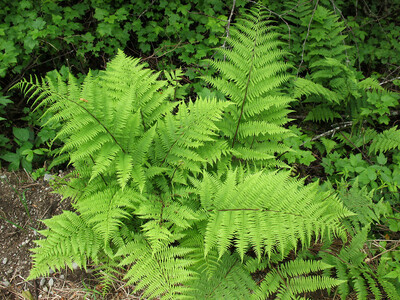 Native Ferns
Native Ferns
 Native Mosses
Native Mosses
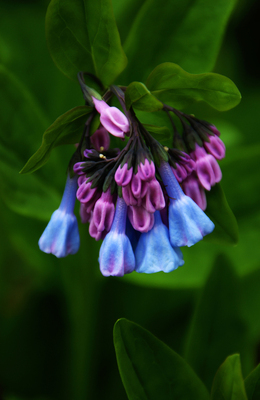 Native Perennials
Native Perennials
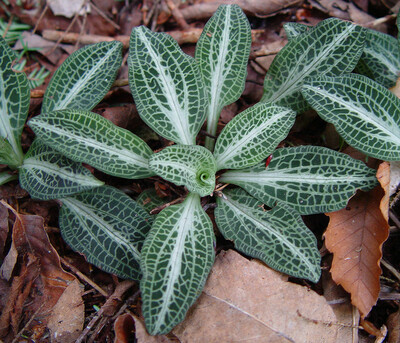 Native Ground Covers
Native Ground Covers
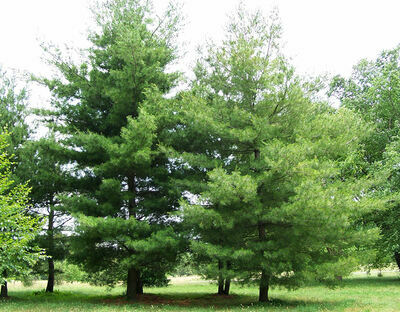 Native Trees
Native Trees
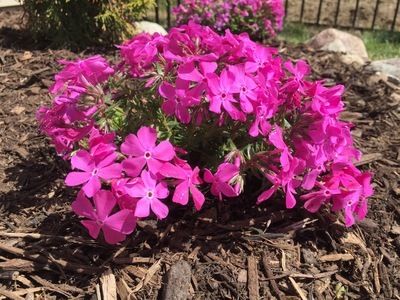 Shop By Zone
Shop By Zone
 Flowering Groundcovers
Flowering Groundcovers
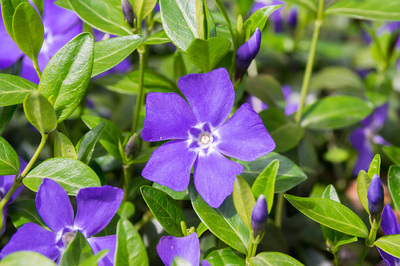 Evergreen Groundcovers
Evergreen Groundcovers
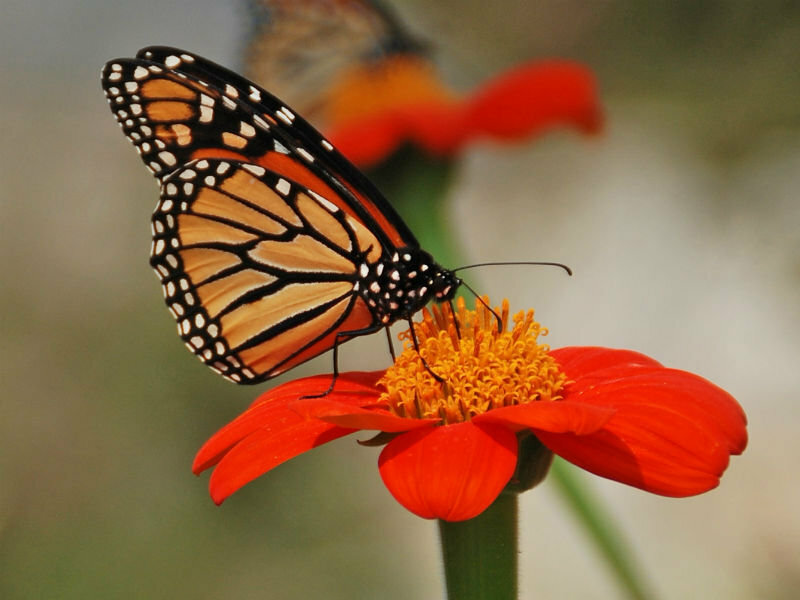 Pollinators
Pollinators
 Shop Bloom Color
Shop Bloom Color
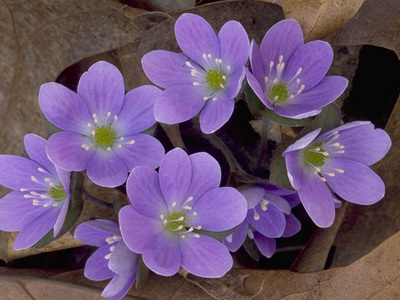 Perennials By Zone
Perennials By Zone
 Medicinal Herb Plants
Medicinal Herb Plants
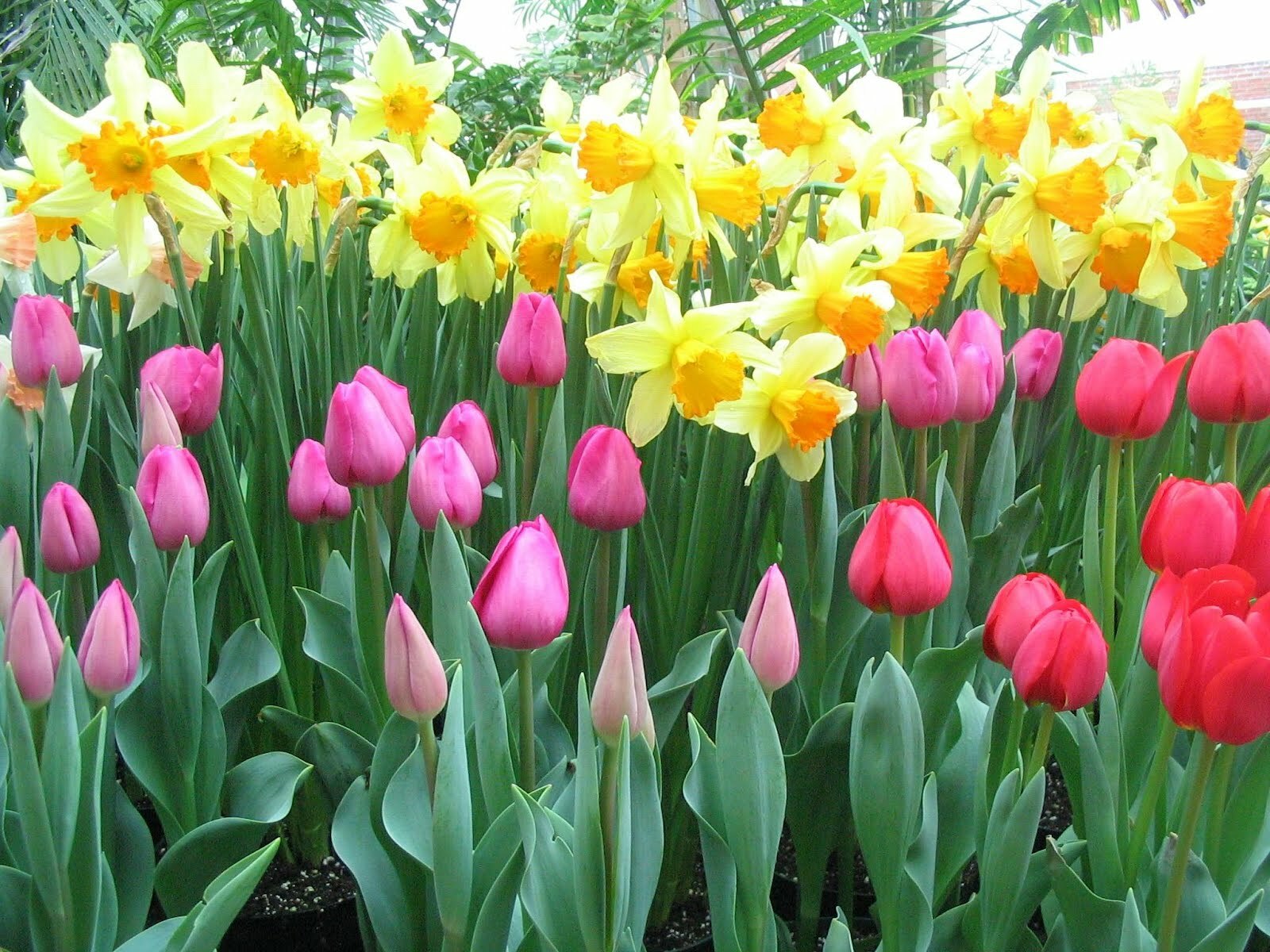 Spring Bulbs
Spring Bulbs
 Trillium
Trillium
 Ferns for Zone 3
Ferns for Zone 3
 Ferns for Zone 4
Ferns for Zone 4
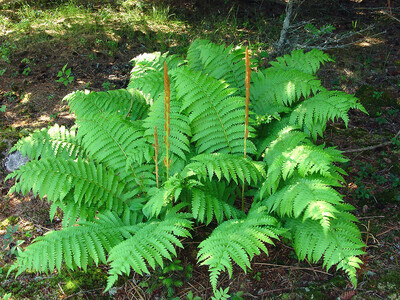 Ferns for Zone 5
Ferns for Zone 5
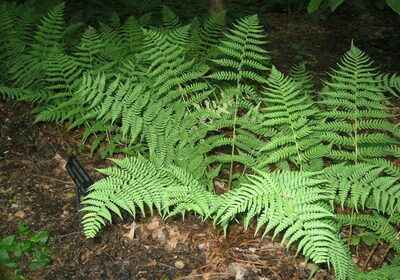 Ferns for Zone 6
Ferns for Zone 6
 Ferns for Zone 7
Ferns for Zone 7
 Ferns for Zone 8
Ferns for Zone 8
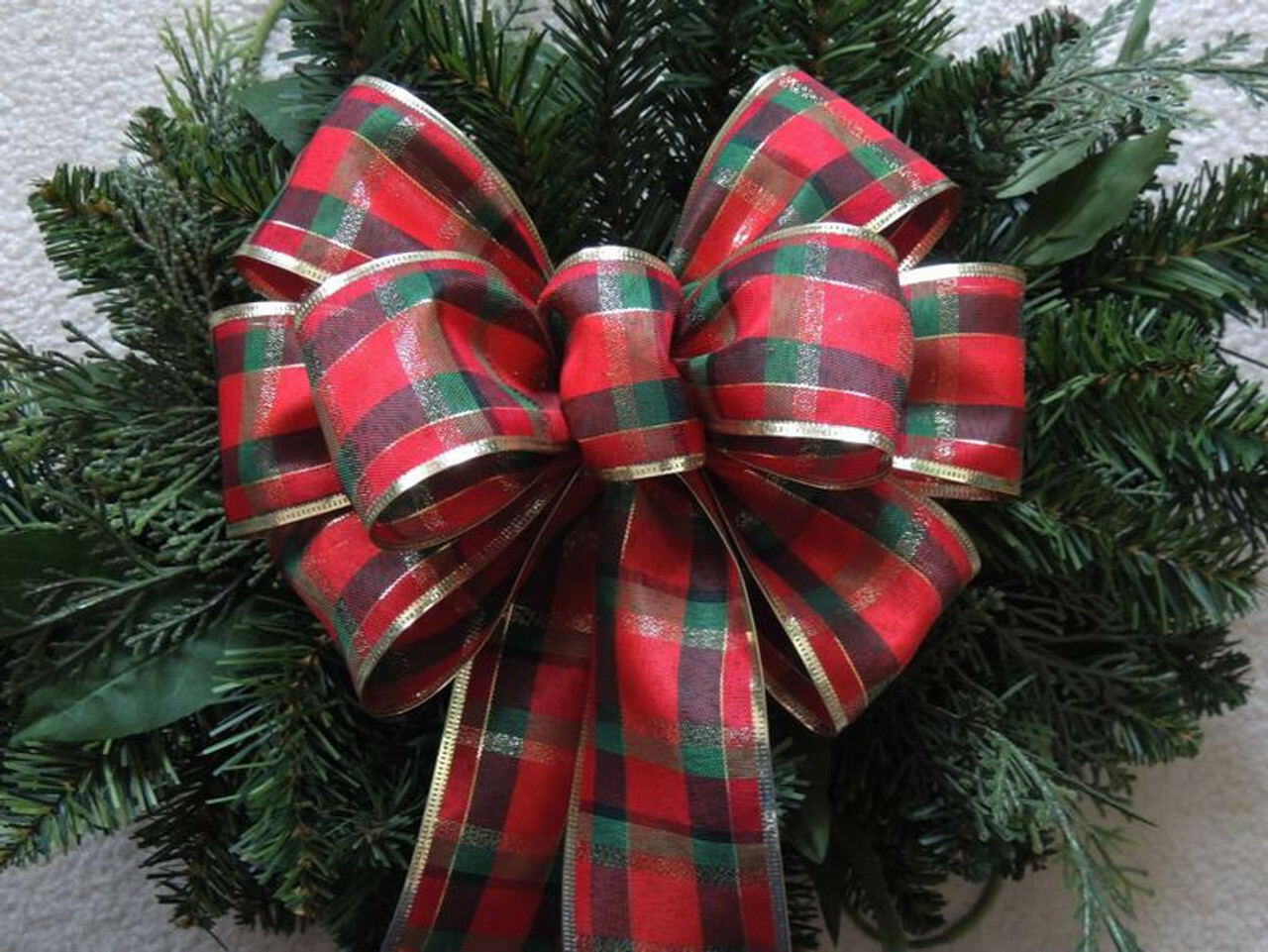 Christmas bows
Christmas bows
 Fresh Wreaths
Fresh Wreaths
 Garlands
Garlands
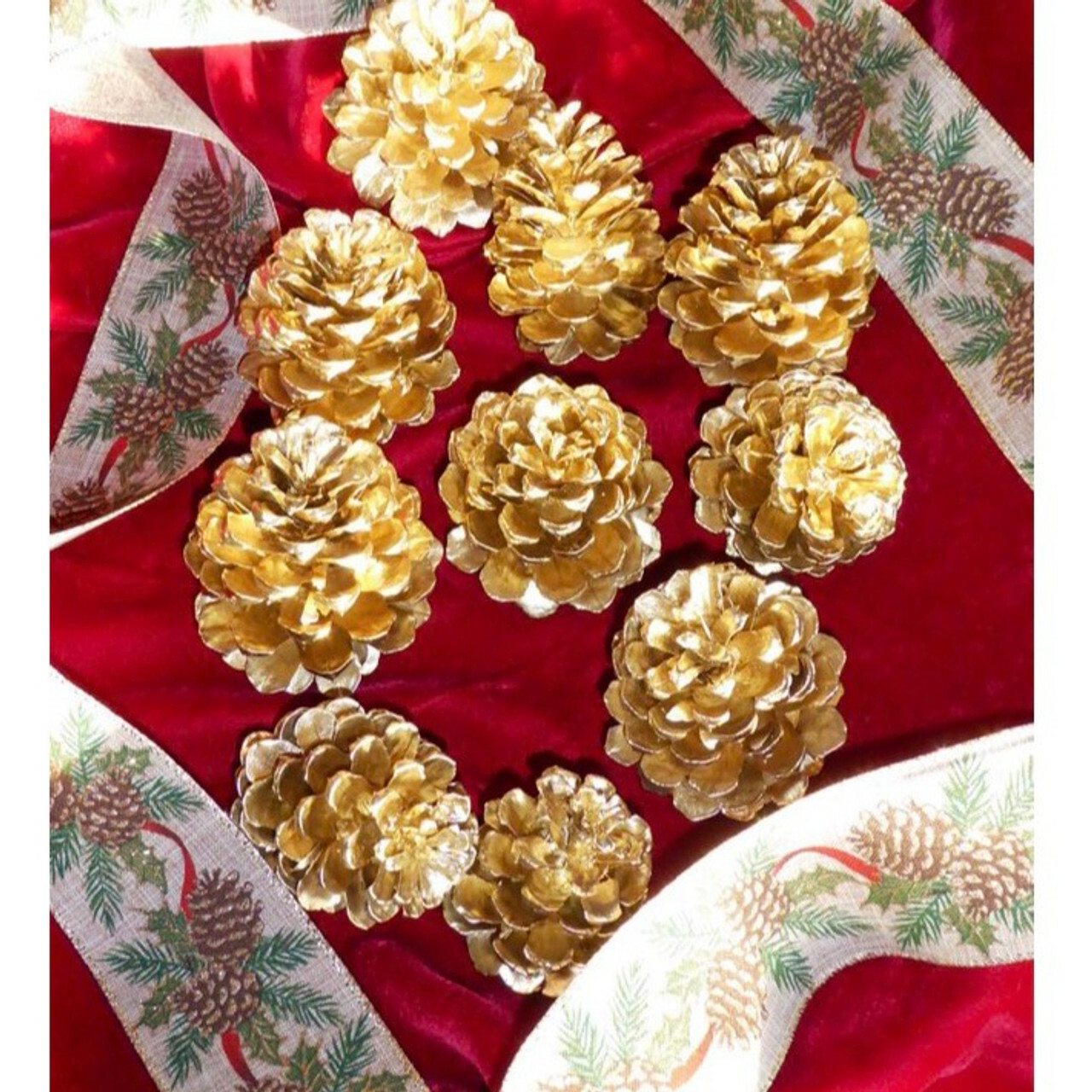 Large Pine Cones
Large Pine Cones
 Live Mistletoe
Live Mistletoe
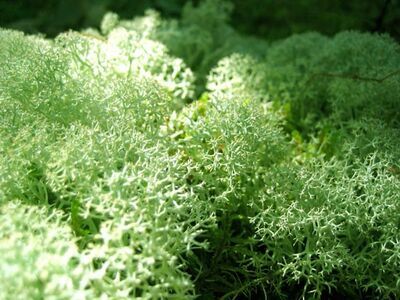 Moss
Moss
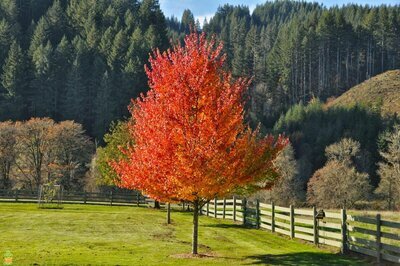 Shop Trees By Zone
Shop Trees By Zone
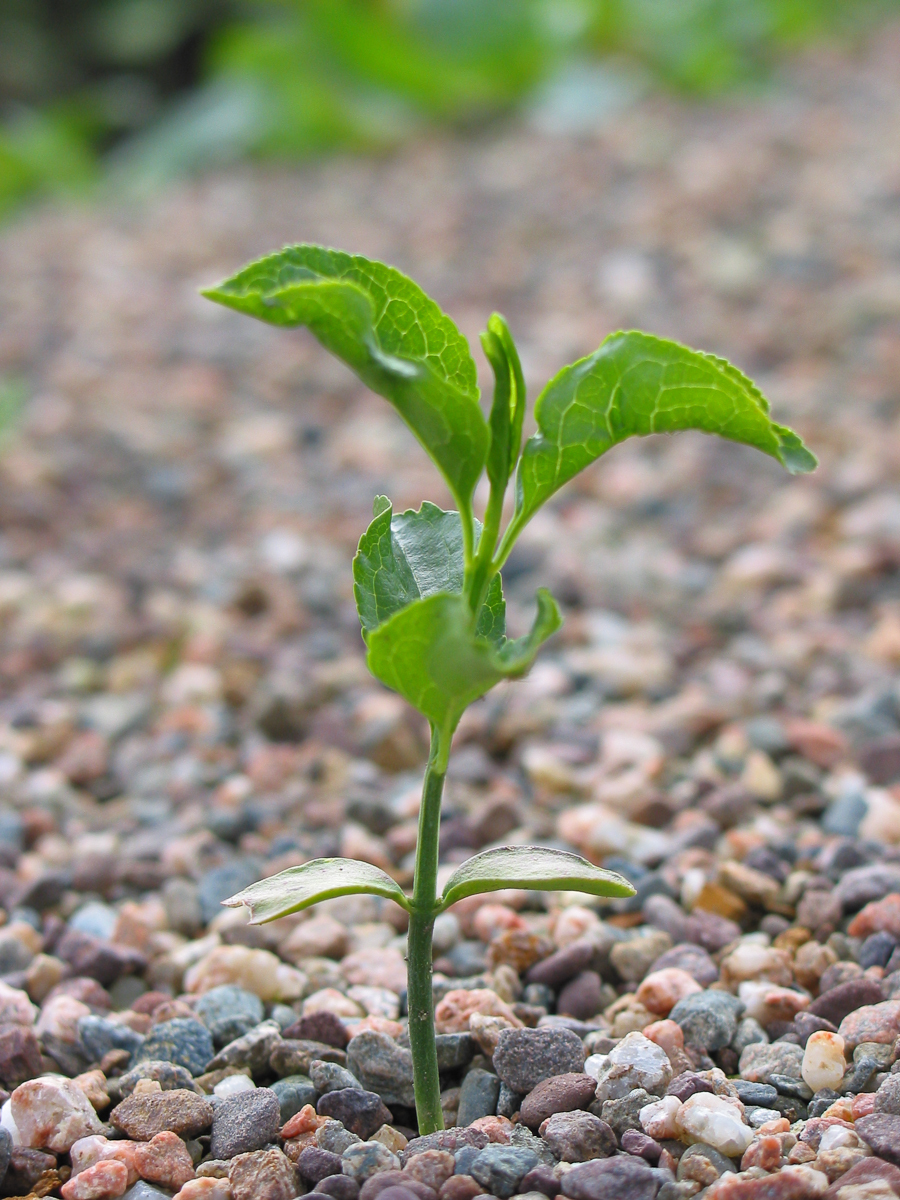 Tree Seedlings
Tree Seedlings
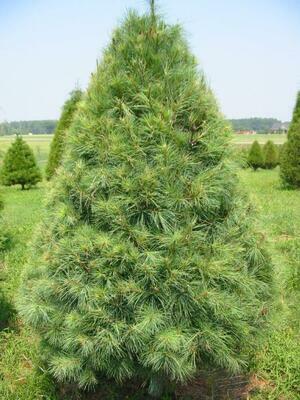 Fast Growing Trees
Fast Growing Trees
 Pine Trees
Pine Trees
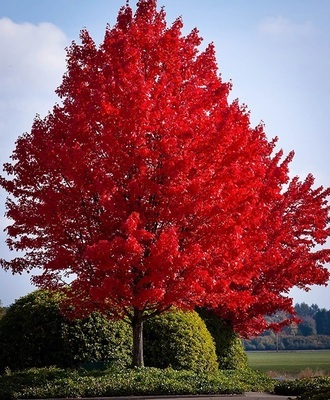 Live Stakes
Live Stakes
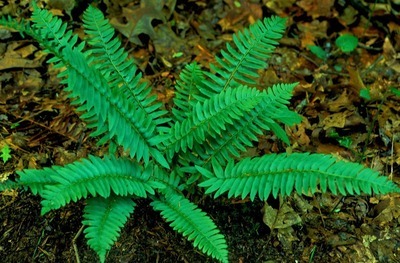 Evergreens
Evergreens
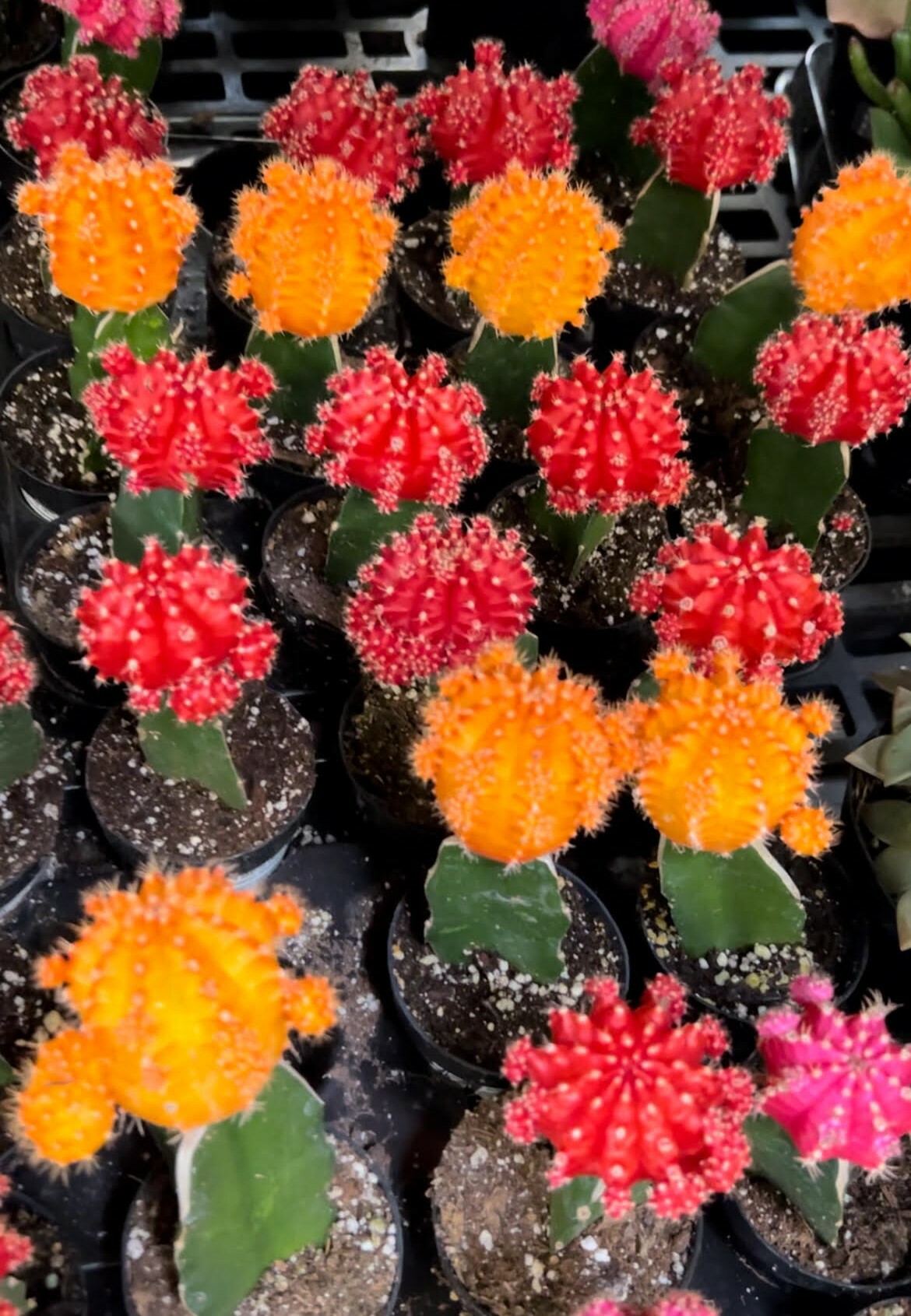 Cactus
Cactus
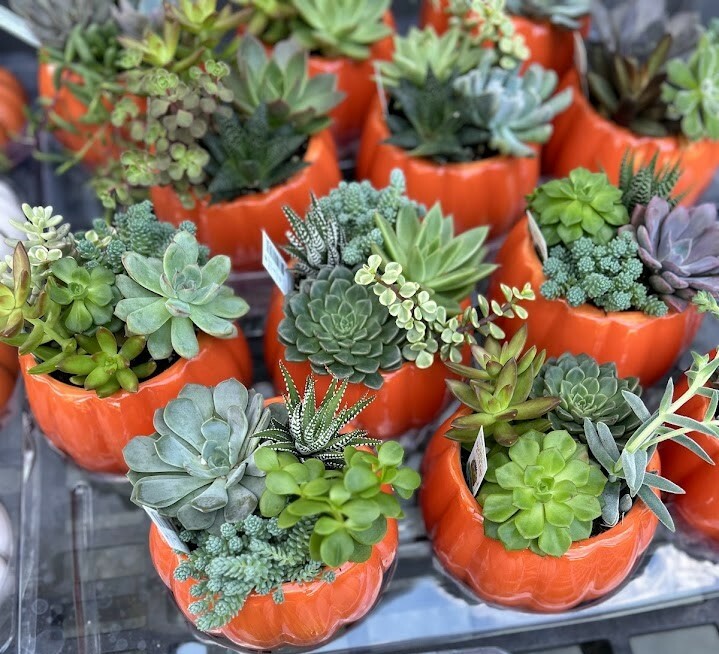 Combos
Combos
 Echeveria
Echeveria
 Haworthia
Haworthia
 Sedum - Stonecrop
Sedum - Stonecrop

